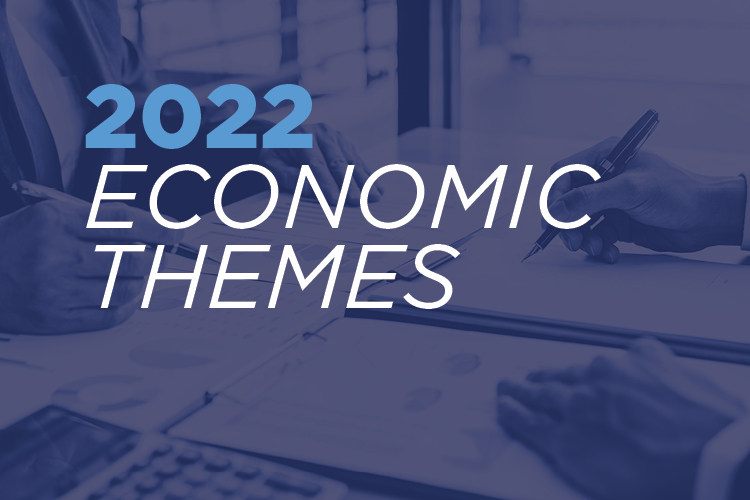Weekly Insight | January 26, 2022
Equities continue to slide to start the year as interest rate hike expectations continue to rise. The S&P 500 was down 4.0% but fared
Equities continue to slide to start the year as interest rate hike expectations continue to rise. The S&P 500 was down 4.0% but fared
Welcome to another edition of Trends Over Time, a quarterly chartbook from BTC Capital Management. Market and economic data are usually
The S&P 500 lost 4.08% this week. This loss comes as investors react to the increased likelihood of contractionary monetary policy from
Equities remain weak to begin the year, although they managed to bounce back to end the week green. The S&P 500 was up 0.6% with
Welcome to Five in Five, a monthly publication from the Investment Team at BTC Capital Management. Each month we share graphs around five
U.S. equity markets have welcomed us into 2022 with major market moves. Apparently, volatility is the appropriate New Year’s gift in

Now that 2022 has arrived, there are several economic themes worth monitoring. Specifically, our team plans to watch inflation, employment
As inflation measures climbed over 2021 to levels not seen in decades, there was a rush by some to project the heightened levels would
Employment will be a major theme influencing investment markets in 2022. Tighter job markets have the potential to influence
Forecasts for a repeat of 1970s-style surging bond yields and inflation are becoming quite common. And many more suggest a similar path